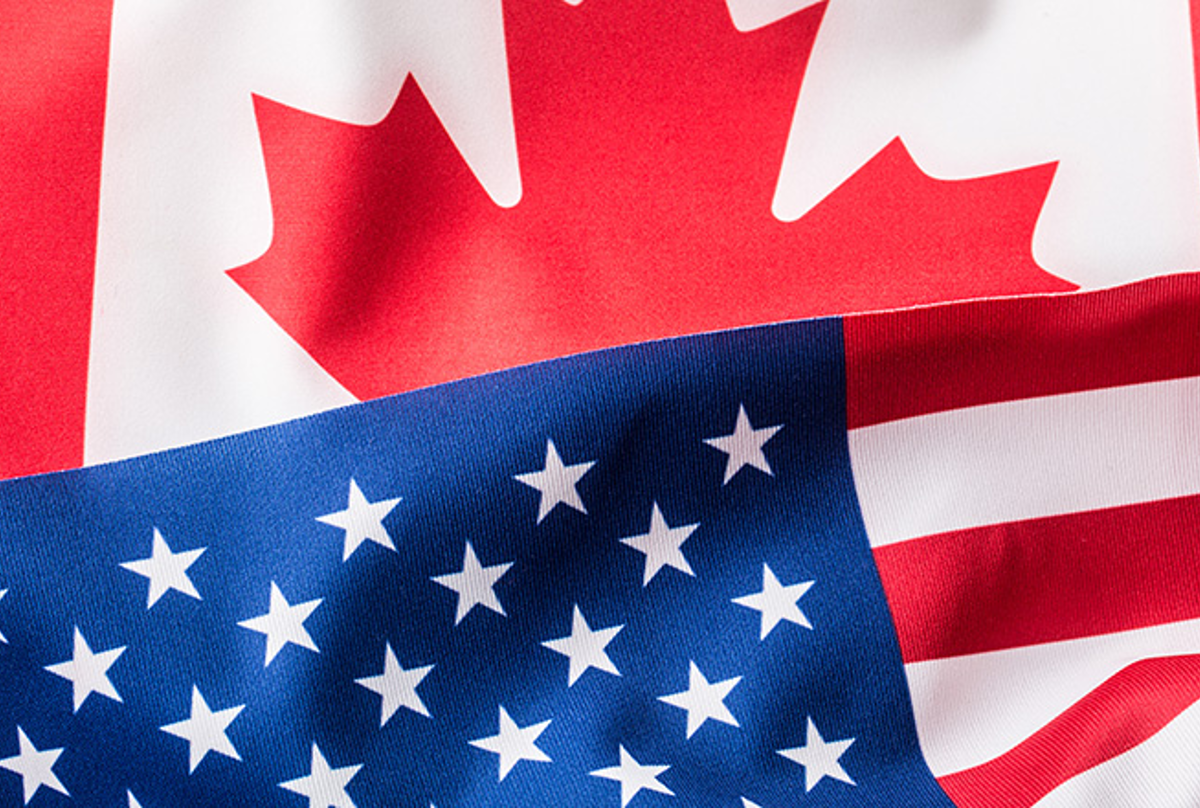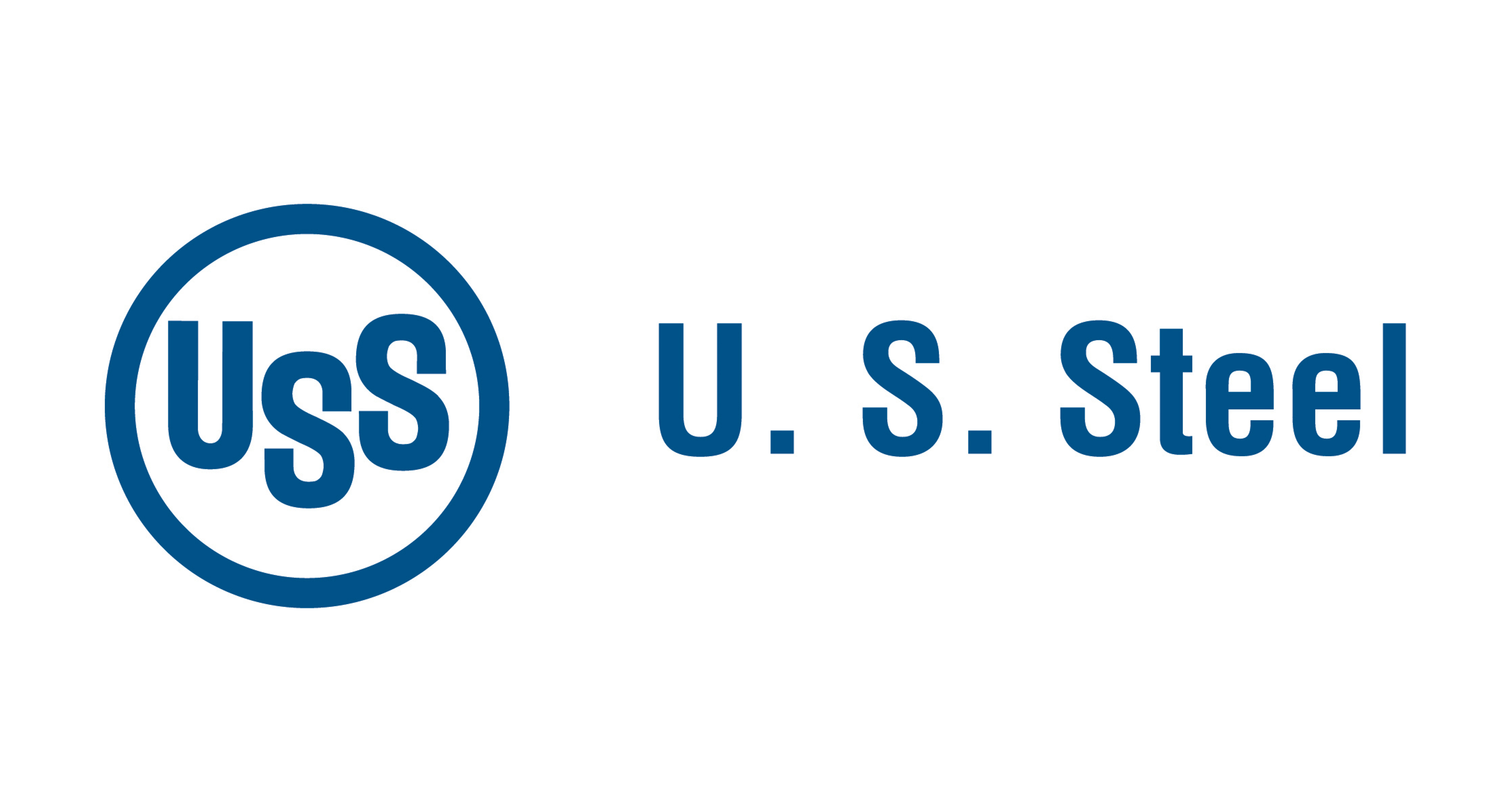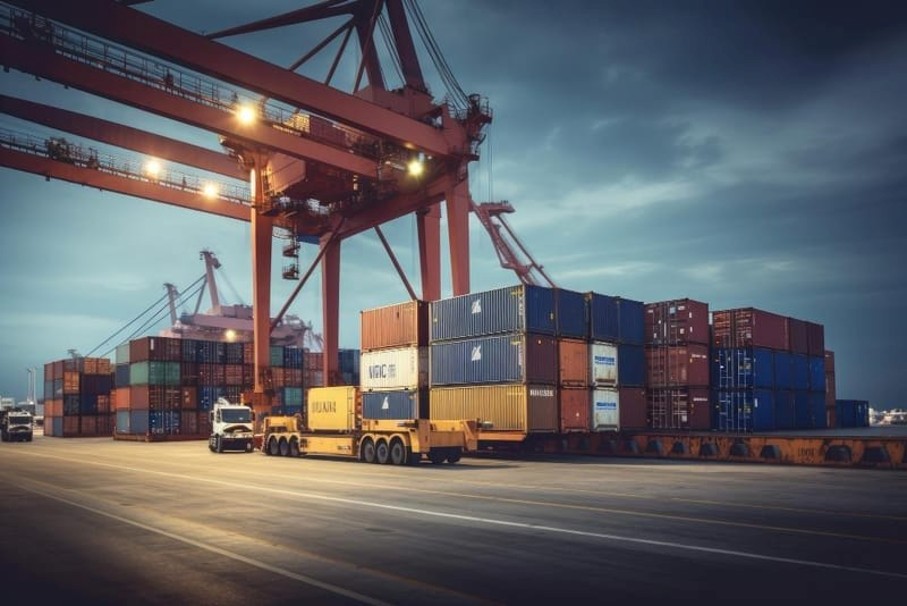Government/Policy

January 8, 2018
KORUS Talks Focus on Auto Trade Deficit
Written by Sandy Williams
“We have much work to do to reach an agreement that serves the economic interests of the American people. Our goals are clear: we must achieve fair and reciprocal trade between our two nations,” said Ambassador Robert Lighthizer during a meeting Jan. 5 with Korean representatives in Washington to advance talks on the U.S.-Korea Free Trade Agreement (KORUS).
The meeting was described by Yoo Myung-hee, trade policy bureau director for the Korean Minister for Trade, as getting a “read” of the other side’s position.
According to data on the U.S. Trade Representative website, U.S. goods and services trade with Korea totaled an estimated $144.6 billion in 2016, exports were $63.8 billion, and imports were $80.8 billion. The U.S. calculates the goods and services trade deficit with Korea as $17.0 billion in 2016.
The U.S., led by Assistant U.S. Trade Representative Michael Beeman, addressed the trade imbalance in the automotive sector, in particular. According to USTR statistics, vehicles represented $24 billion of the $69.9 billion of goods imported from Korea in 2016. Vehicle exports from the U.S. to Korea totaled $2.2 billion.
According to Korean independent newspaper Hankyoreh, sources said the U.S. requested the elimination of “non-tariff barriers” on imports of U.S. autos to Korea, including environmental regulations on emissions. The U.S. also discussed tougher rules of origin for steel and parts used in Hyundai and Kia assembly plants in the United States. The requests mirror the demands for higher U.S. content in vehicles that are under debate in the NAFTA negotiations.
The Trump administration has included the KORUS pact among the “failed” trade agreements that are increasing the U.S. trade deficit with the rest of the world.
“KORUS could be the sacrificial lamb to show toughness on trade generally, because the Trump administration is going to face a lot more backlash from the U.S. business community and the U.S. agriculture community if, for example, they walk away from NAFTA or do something really radical on China,” said Matthew Goodman, a senior adviser for Asian economics at the Center for Strategic and International Studies, in a recent Bloomberg article.
No date has been set for the next KORUS meeting, but it is expected to be soon.







